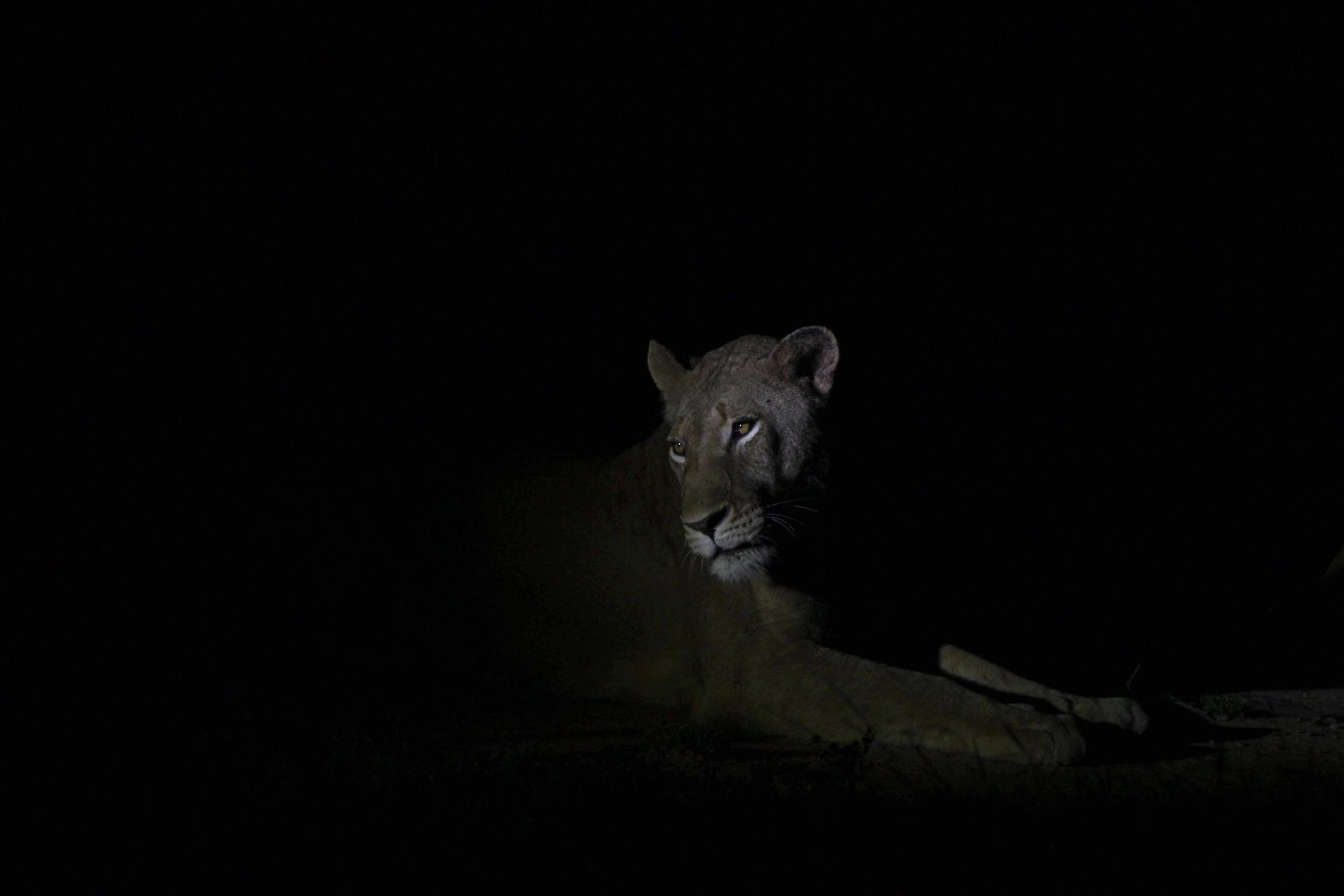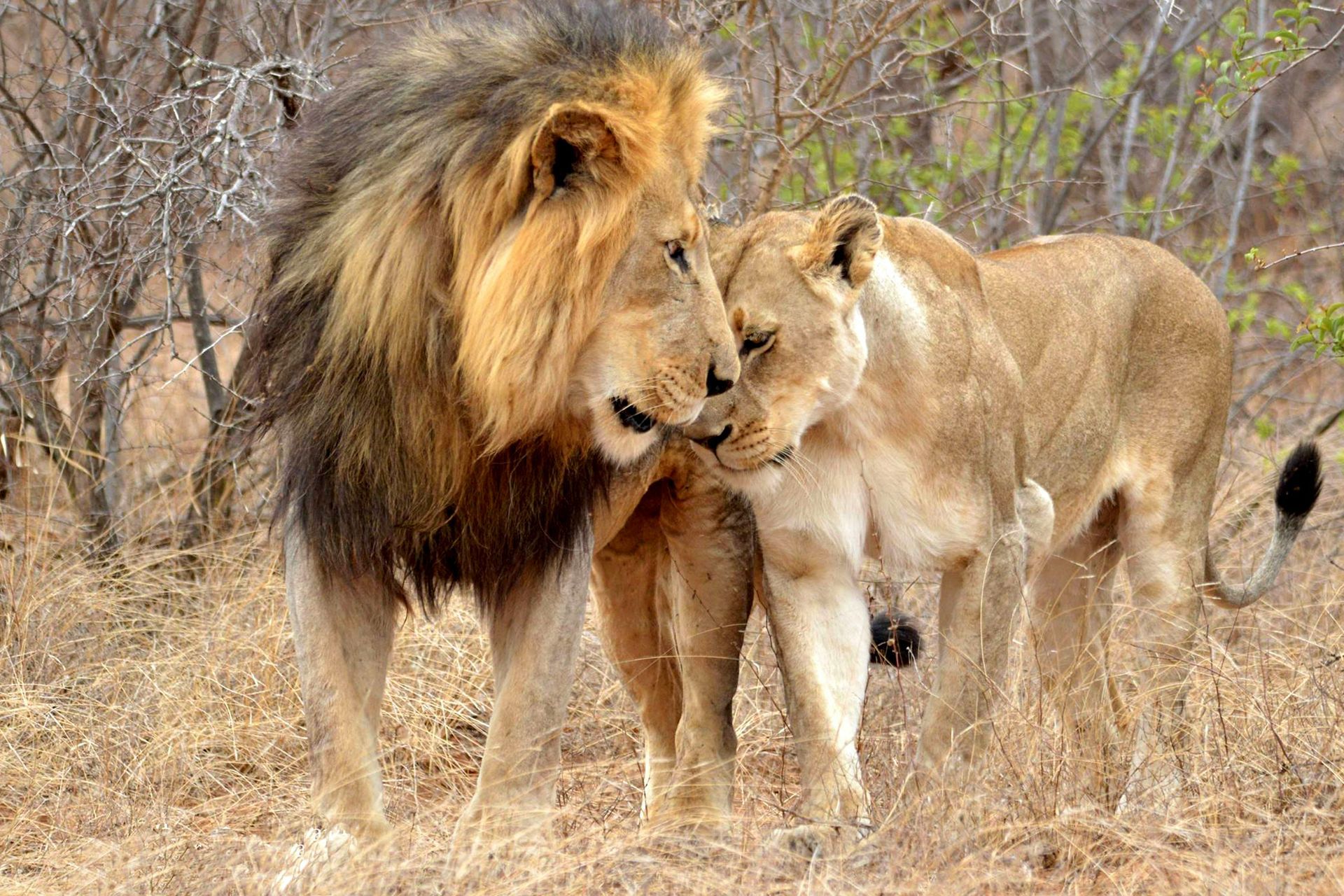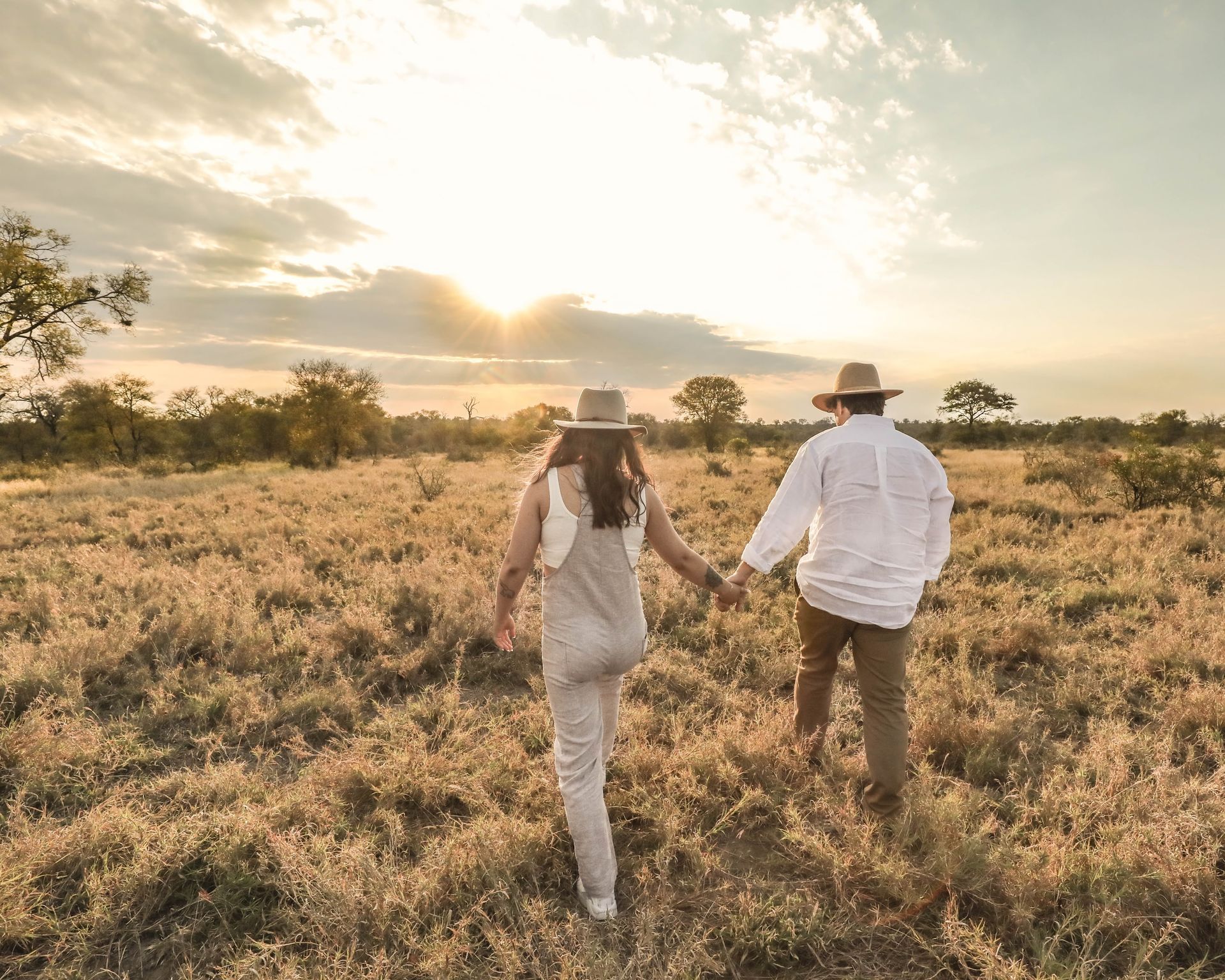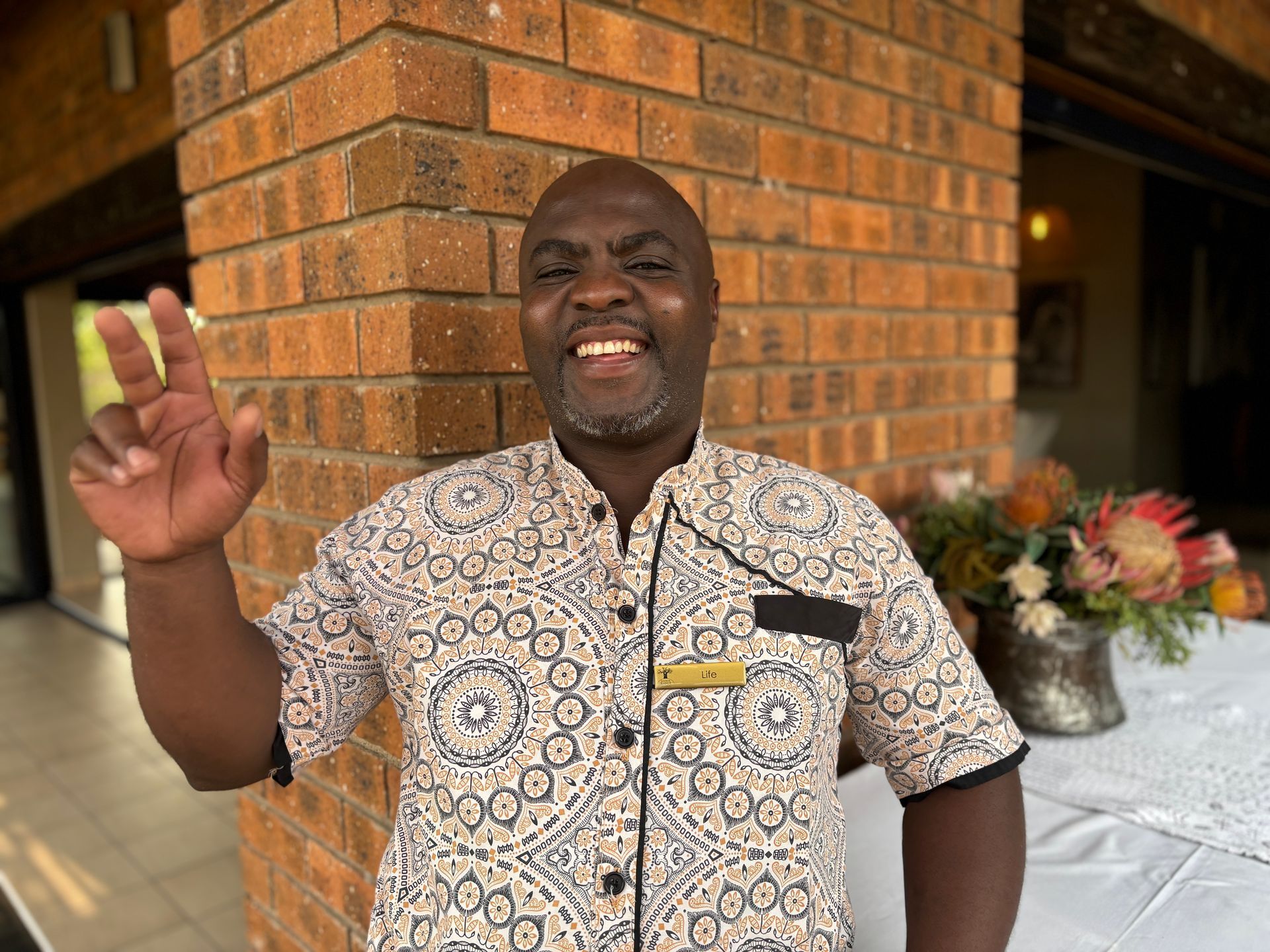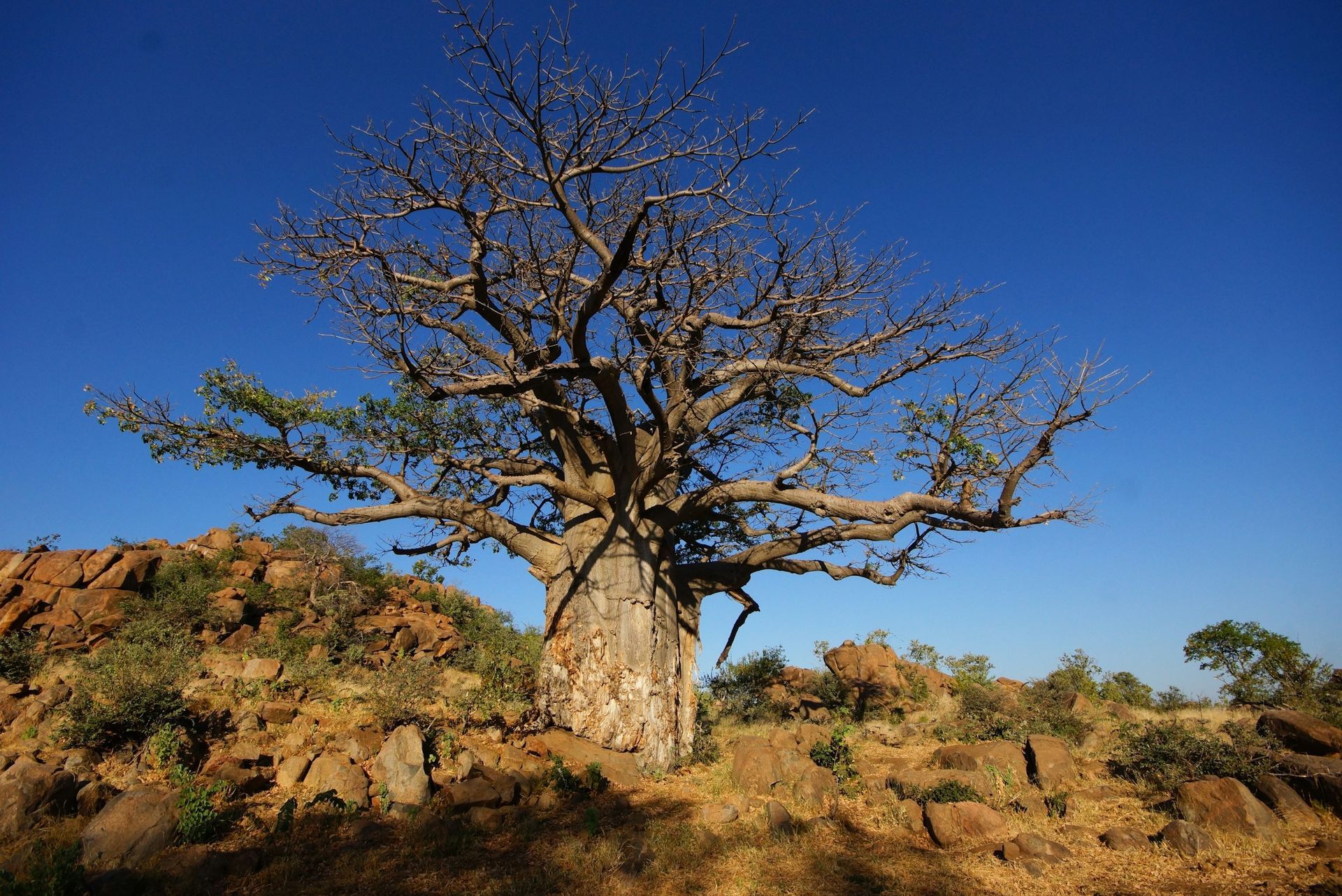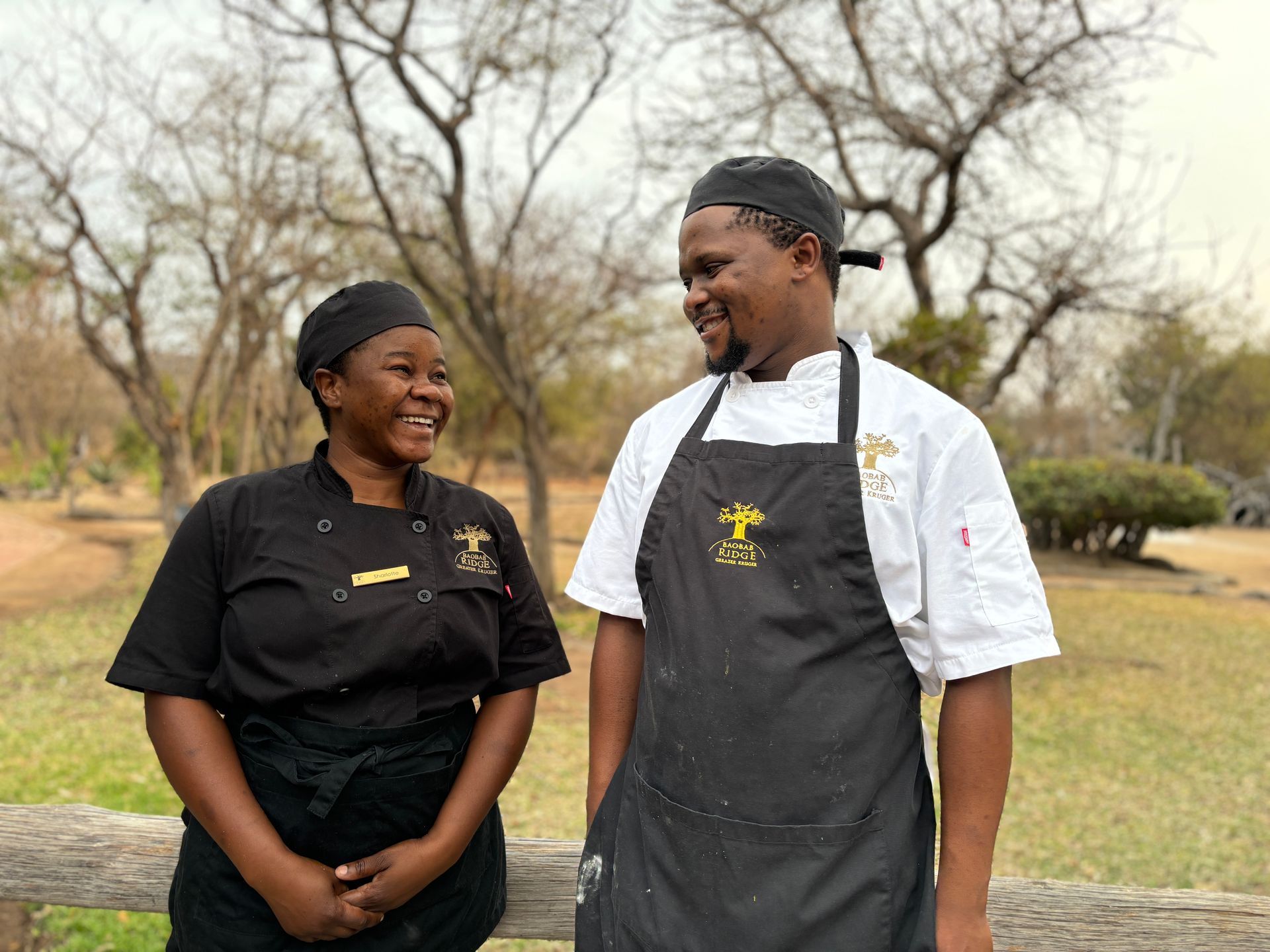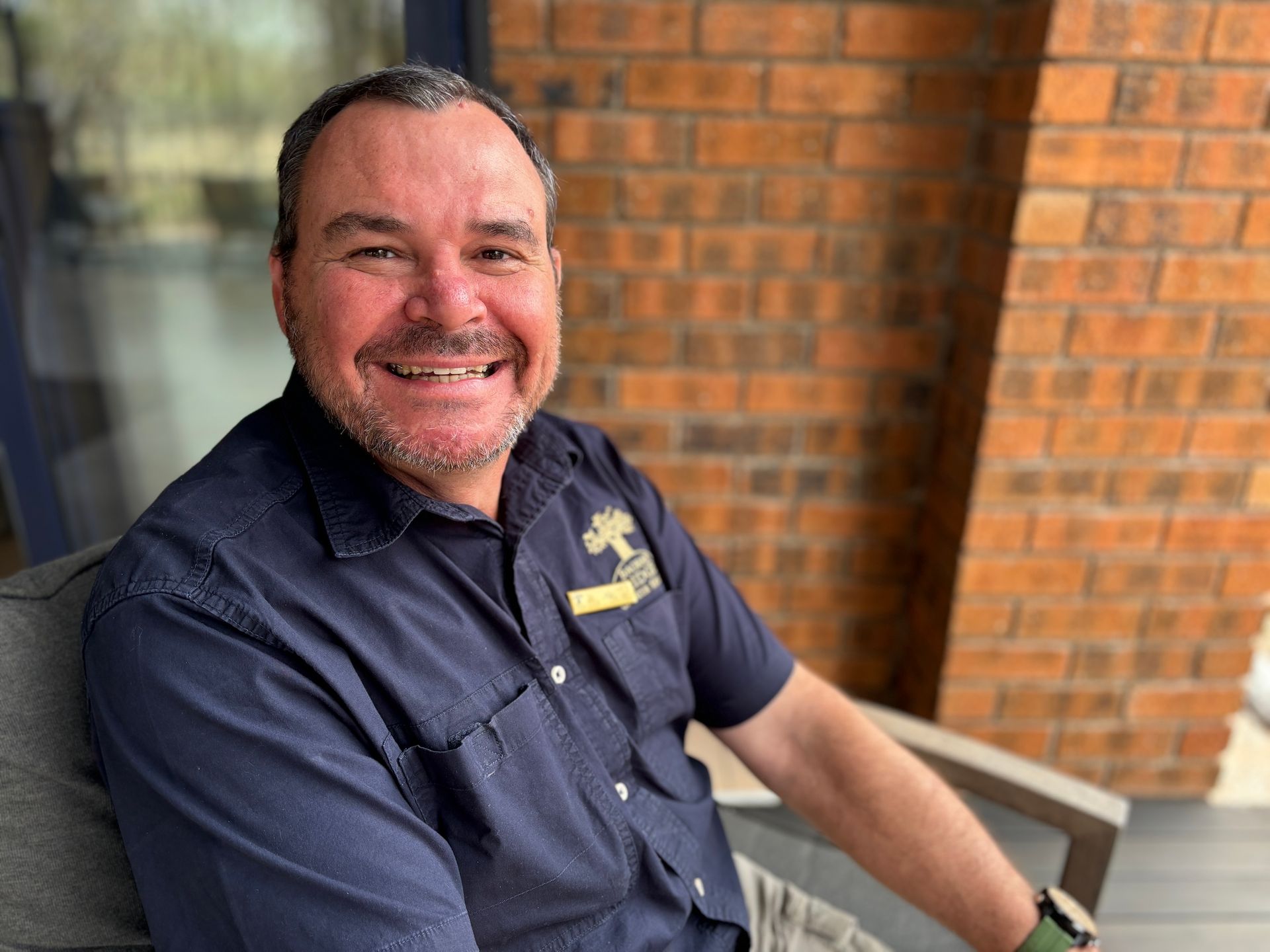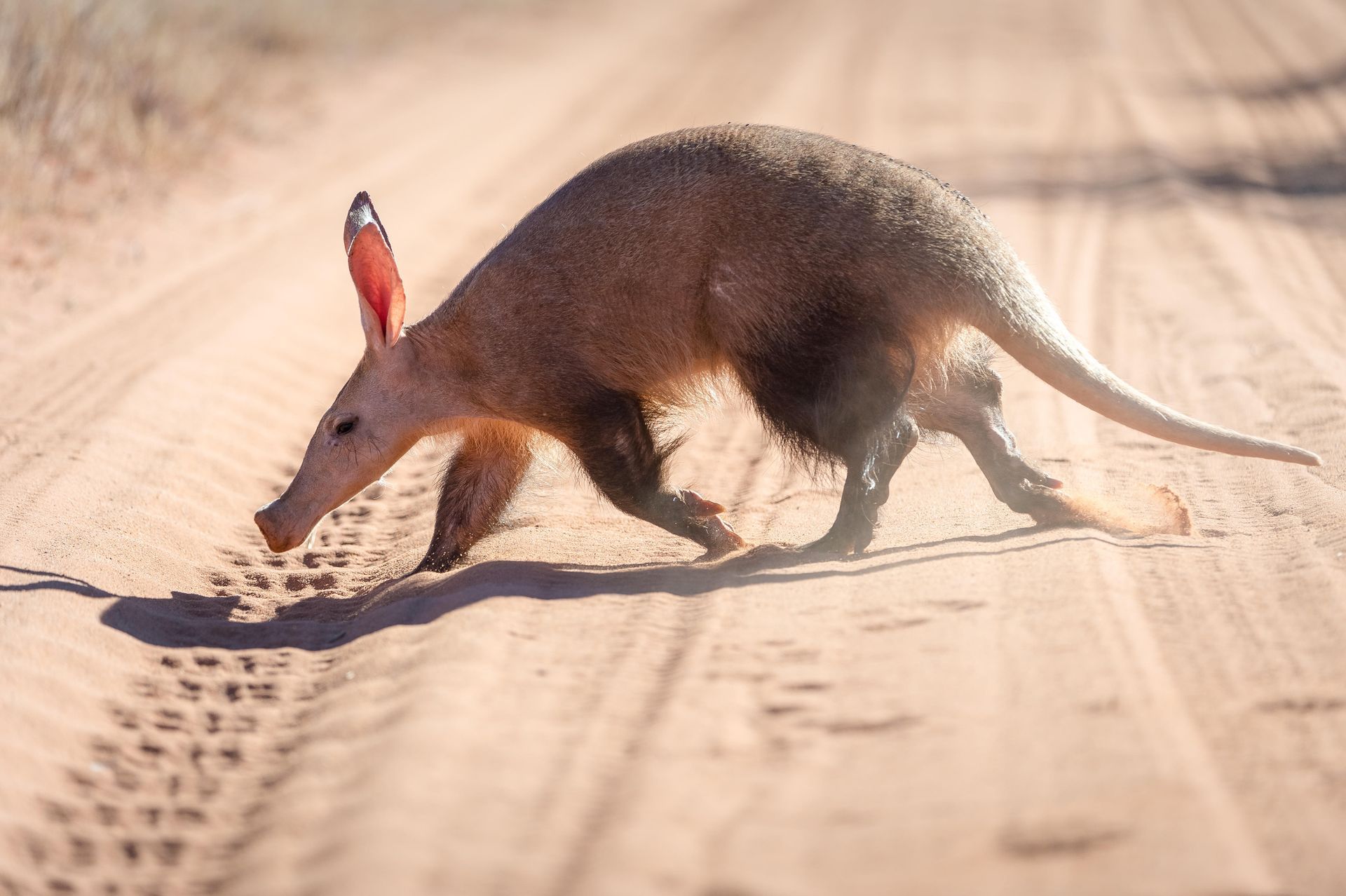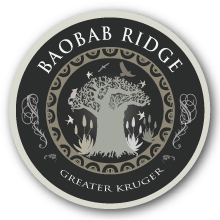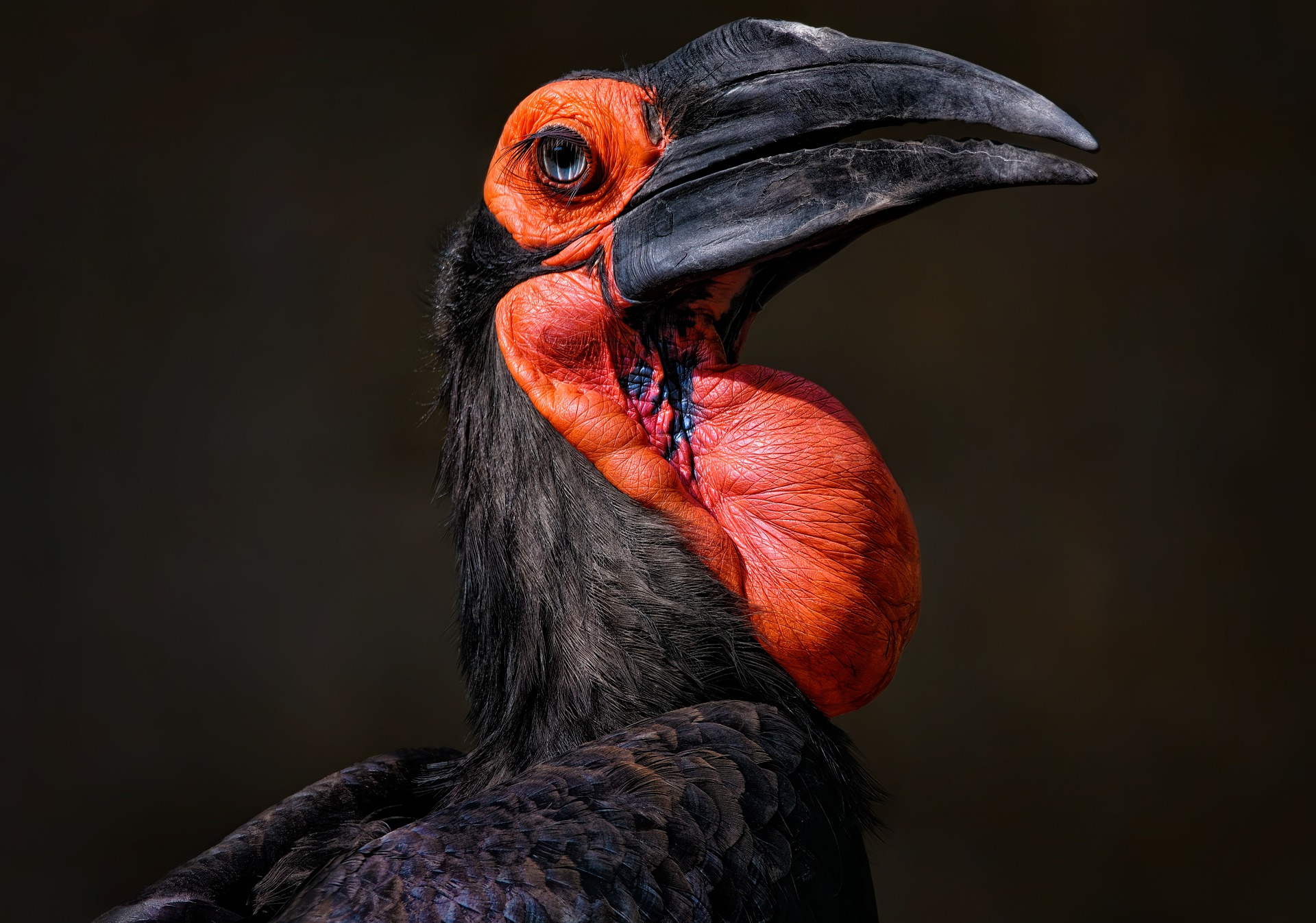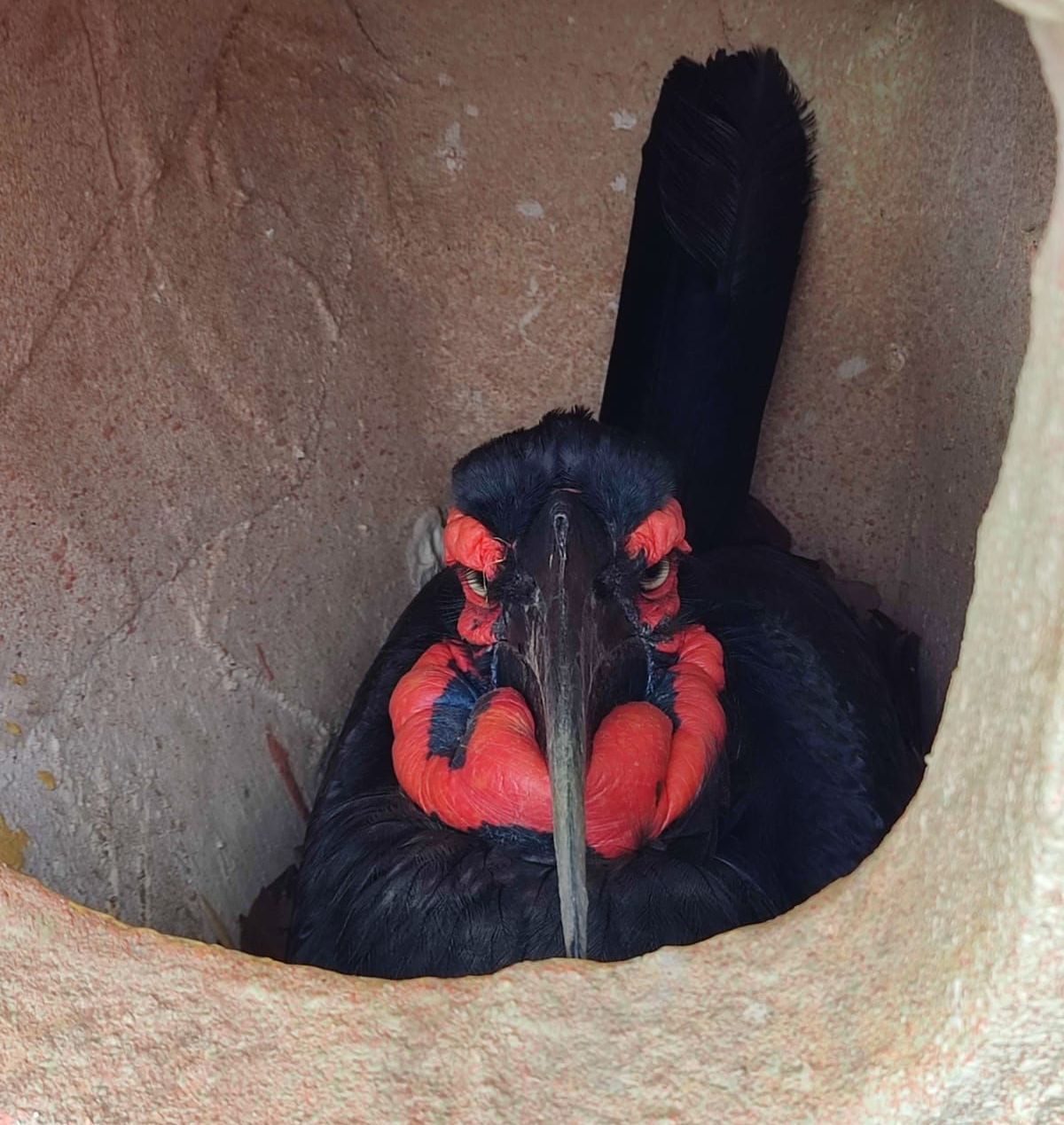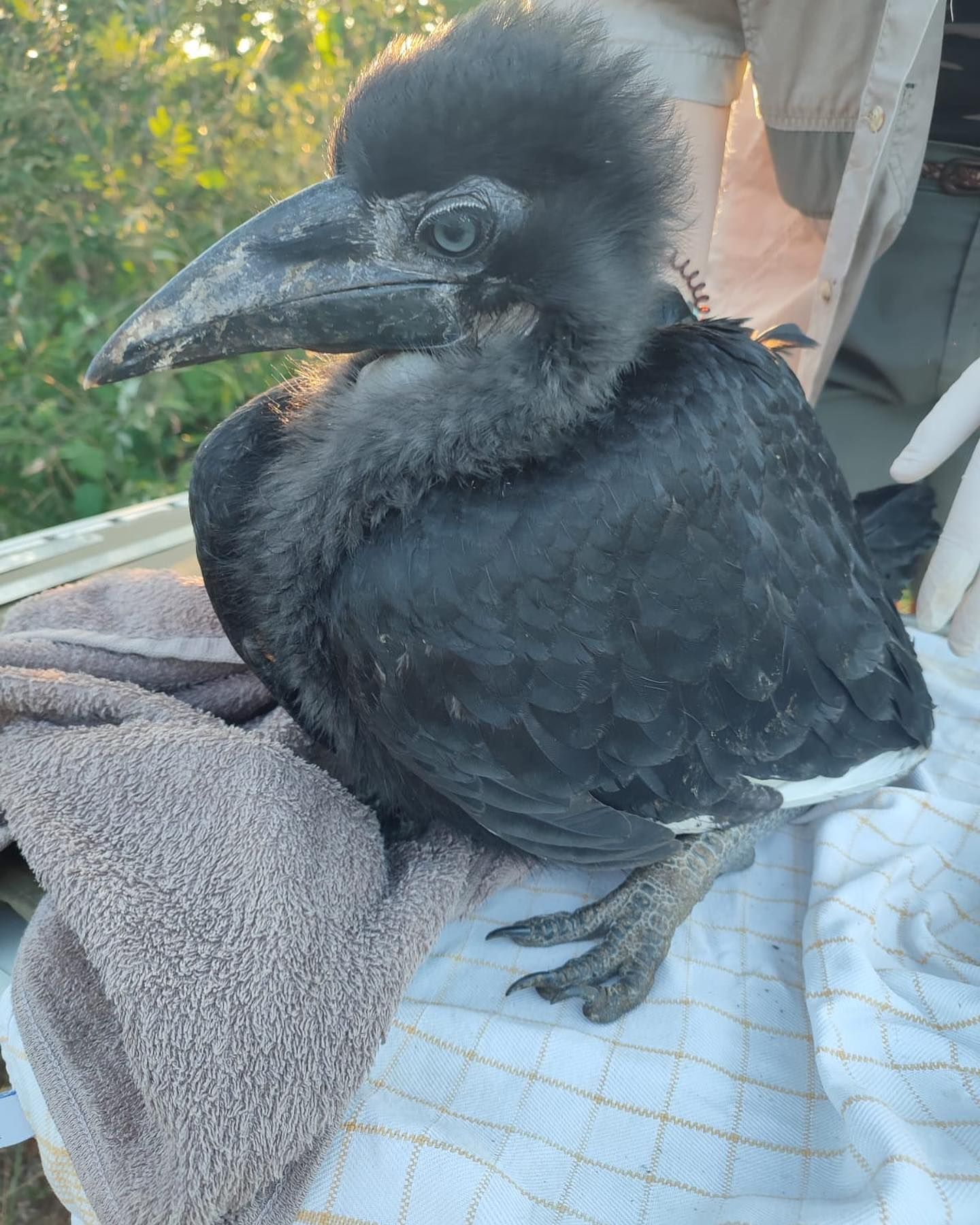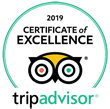Saving the southern ground hornbill
We are helping efforts to conserve and protect these amazing birds
Here in the Klaserie we're celebrating being part of a two-decade-long effort that's brought the southern ground hornbill back from the brink of extinction through dedicated research and the introduction of artificial nesting boxes, one of which is sponsored by Baobab Ridge and has seen it's first successful nesting and hatching this season...
The iconic southern ground hornbill ranges across the savannahs of sub-Saharan Africa, from South Africa's Eastern Cape to Kenya,
occupying territories as large as 100 square kilometres per group. But habitat loss and a combination of other factors such as climate change have seen numbers plummet. Enter the heroes behind this success story - the Associated Private Nature Reserves (APNR) Ground Hornbill Research and Conservation Project, operating under the wing of the FitzPatrick Institute of African Ornithology at the University of Cape Town.
Since its inception in the early 2000s, the project has been monitoring hornbill groups across the Klaserie and its neighbouring reserves that make up the APNR and setting up artificial nests to provide breeding opportunities for these birds.
Despite their extensive territories, natural nesting sites are scarce for these ground hornbills. So, the project's introduction of artificial nests has been a game-changer, with over 100 nestlings successfully fledging from these structures during the last breeding season alone.
Despite having such large territories, natural nesting sites (large tree cavities) are few and far between with there being only a handful scattered throughout an area of about 200,000ha. The artificial nests were quickly accepted by the birds and since then, nests have continuously been maintained and installed throughout the APNR reserves with the help of sponsorship from lodges and camps.
These artificial nests provide 30 groups of birds with the opportunity to breed during the breeding season (October – March). As they are slow breeders and extremely long-lived (up to 60 years), providing them with these artificial nests has resulted in the APNR being a stronghold for the species within the country.
Throughout their range, each group fledges only one chick on average every nine years, however, within the reserves here and through artificial nests, the groups on the APNR successfully fledge a chick on average every three years.
The APNR project isn't just about boosting numbers; it's also about understanding these birds' social dynamics. Researchers are delving into the intricate workings of hornbill groups, unravelling the roles different individuals play in tasks like territorial defence and reproduction.
Furthermore, the project is keeping an eye on the impact of climate change on these birds. With rising temperatures potentially affecting feeding rates and breeding success, researchers are investigating how ground hornbills might adapt to a changing environment.
The project's monitoring of the nests allows for another aspect of the species’ conservation. When the birds do breed, the female lays two eggs about five days apart and she has the sole responsibility for incubation which lasts about 40 days.
These eggs then hatch a few days apart with the second chick being considerably smaller, resulting in it being outcompeted by the older chick and dying 99% of the time in the wild. That is where the researchers step in. When the second chicks hatch, they go and remove it from the nest (otherwise known as harvesting). These chicks are taken straight to a specialised ground hornbill rearing facility run by the Mabula Ground Hornbill Project which works together with the APNR project.
There they are raised with semi-wild captive individuals where they learn how to do typical ground hornbill things before being placed into a newly created group along with other harvested birds. Groups are then released back into their historic range throughout the country. The goal is to slow the decline in numbers and release birds back into their historical range, and it's been working well.
Baobab Ridge's artificial nest has been a hive of activity this breeding season seeing its first successful nesting, hatching and fledging. Our second chick is growing beautifully at the rearing facility and has a bright future ahead of it.
Aside from the conservation efforts being carried out by the APNR project, light is being shed on the fascinating characteristics of these magnificent birds. Here are some quick facts:
- They are the largest co-operatively breeding bird in the world, with each group consisting of 2 to 11 individuals.
- There are an estimated 3,000 birds left in the wild, with 1,500 estimated to be within South Africa.
- Each group contains a single adult female, distinguished by the blue patch just underneath the bill.
- Juvenile birds have a dull grey throat skin colour.
- They are faunivorous birds, consuming invertebrates, snakes, birds, small mammals, and even scavenging on carcasses.
- They are good fliers, although they generally only fly at canopy height.
- They produce a deep booming vocalisation that can be heard from several kilometres away and can occasionally be confused with the calls of a lion.
- They are one of the few species in which kidnapping has occurred, with groups invading territories to steal juveniles from other groups.
Despite the challenges ahead, the dedication and determination of those involved in this amazing project offer a glimmer of hope for the future of the southern ground hornbill. With ongoing research, collaboration, and unwavering commitment, these majestic birds may yet reclaim their rightful place in the wild. We are extremely proud to be part of that future.
